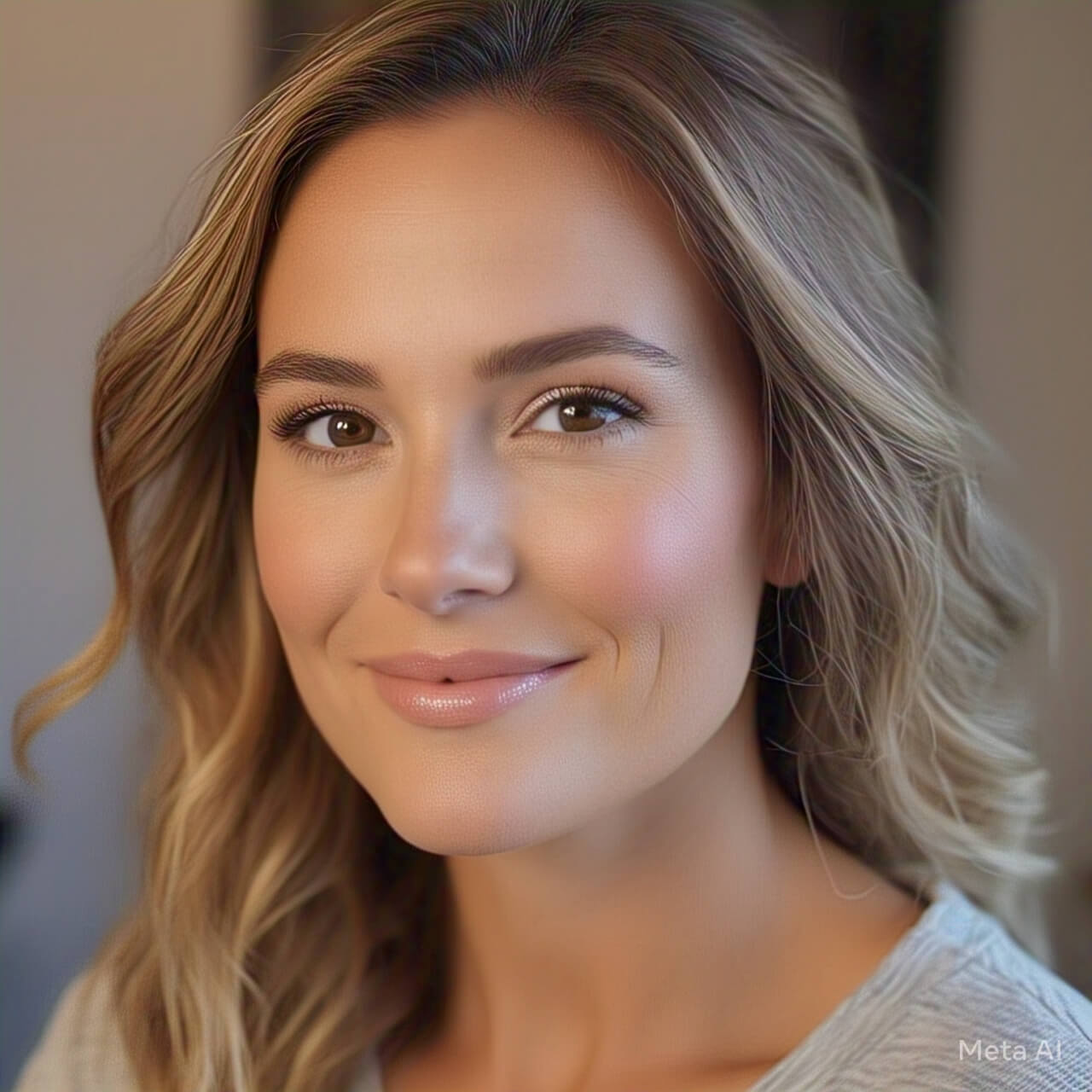Contouring is a makeup technique that helps define your facial features while keeping everything looking soft and natural. Unlike heavy stage or dramatic contouring, a natural look blends well and enhances your face without obvious lines. To achieve this, you’ll need the right products (like cream or powder contour sticks), proper blending tools (such as a damp sponge or fluffy brush), and the correct shades (only one or two shades darker than your skin tone). Start by applying foundation first to create an even base. Then, use a contour product on the hollows of your cheeks, jawline, temples, and sides of the nose—the areas where shadows naturally fall.
Blend well so there are no harsh lines. A little highlighter on the high points of your face (cheekbones, brow bone, nose bridge) adds brightness and balance. The key is to keep everything subtle—too much product can make your face look muddy or overdone. If you’re new to contouring, practice in natural light to see how it looks in real life. Remember, less is more when going for a natural finish.

10 Easy Tips for Natural-Looking Contour
- Pick the right shade (1-2 shades darker).
- Use cream products for a seamless blend.
- Apply on shadow areas (cheeks, jaw, temples).
- Blend well to avoid harsh lines.
- Set with powder for longer wear.
- Keep it light—less is more.
- Use natural light for checking.
- Highlight to balance the contour.
- Choose matte products for realism.
- Practice often to improve.
1. Choosing the Right Contour Shade
The shade you pick makes a big difference. If it’s too dark, it will look unnatural. Always go for a contour product just 1-2 shades darker than your skin tone. For fair skin, taupe or light brown works best. Medium skin tones should try warm browns, while deeper skin tones can use rich cocoa or espresso shades. Avoid anything with orange or red undertones—it should look like a natural shadow, not bronzer. Test the product on your jawline to see if it blends well before buying.
2. Cream vs. Powder Contour
Cream contours blend easily and look more natural, especially for dry skin. They work best with a sponge or fingers. Powder contours are good for oily skin and give a softer effect. If you’re a beginner, creams are easier to control. You can also layer powder over cream for extra staying power.
3. Where to Apply Contour
Apply contour where shadows naturally fall: under cheekbones, along the hairline, under the jaw, and the sides of the nose. Don’t bring it too close to the mouth—it can look dirty. Use a light hand and build slowly.
4. Blending Techniques
Blending is the key to a natural look. Use a damp sponge in dabbing motions or a fluffy brush in circular strokes. Keep blending until no harsh lines are left. If it looks too dark, add a little foundation over it to soften.
5. Setting Your Contour
If using cream, set it with a light powder to prevent smudging. A translucent or matching powder works best. Avoid heavy powders—they can make the contour look cakey.
6. Highlighting for Balance
After contouring, add a subtle highlighter on cheekbones, nose bridge, and brow bones. This brings light back to your face and makes the contour look more natural.
7. Avoiding Common Mistakes
Too much product, wrong shade, and poor blending are the biggest mistakes. Start with a small amount and build if needed. Always check your makeup in natural light.
8. Best Tools for Contouring
A damp beauty sponge gives the most Nat
Ural finish. Angled brushes help with precision. Fingers can also blend creams well for a skin-like effect.
9. Contouring for Different Face Shapes
- Round face: Focus on cheekbones and jawline.
- Square face: Soften the jaw and temples.
- Oval face: Light contour on cheeks works.
- Heart face: Contour the forehead and jaw.
10. Practice Makes Perfect
Contouring takes time to master. Try different techniques and see what works for your face. The more you practice, the better your natural contour will look.

FAQs About Natural Contouring
| Question | Answer |
|---|---|
| Can I use bronzer instead of contour? | No, bronzer adds warmth, while contour creates shadows. |
| How do I fix over-contouring? | Blend more or add foundation to soften. |
| Should I contour every day? | Only if you want subtle definition. |
| What’s the best contour for beginners? | Cream sticks are easiest to blend. |
| Can I contour without foundation? | Yes, but foundation helps it blend better. |
This guide will help you master natural-looking contouring easily. Keep it soft, blend well, and enhance your features without overdoing it.



